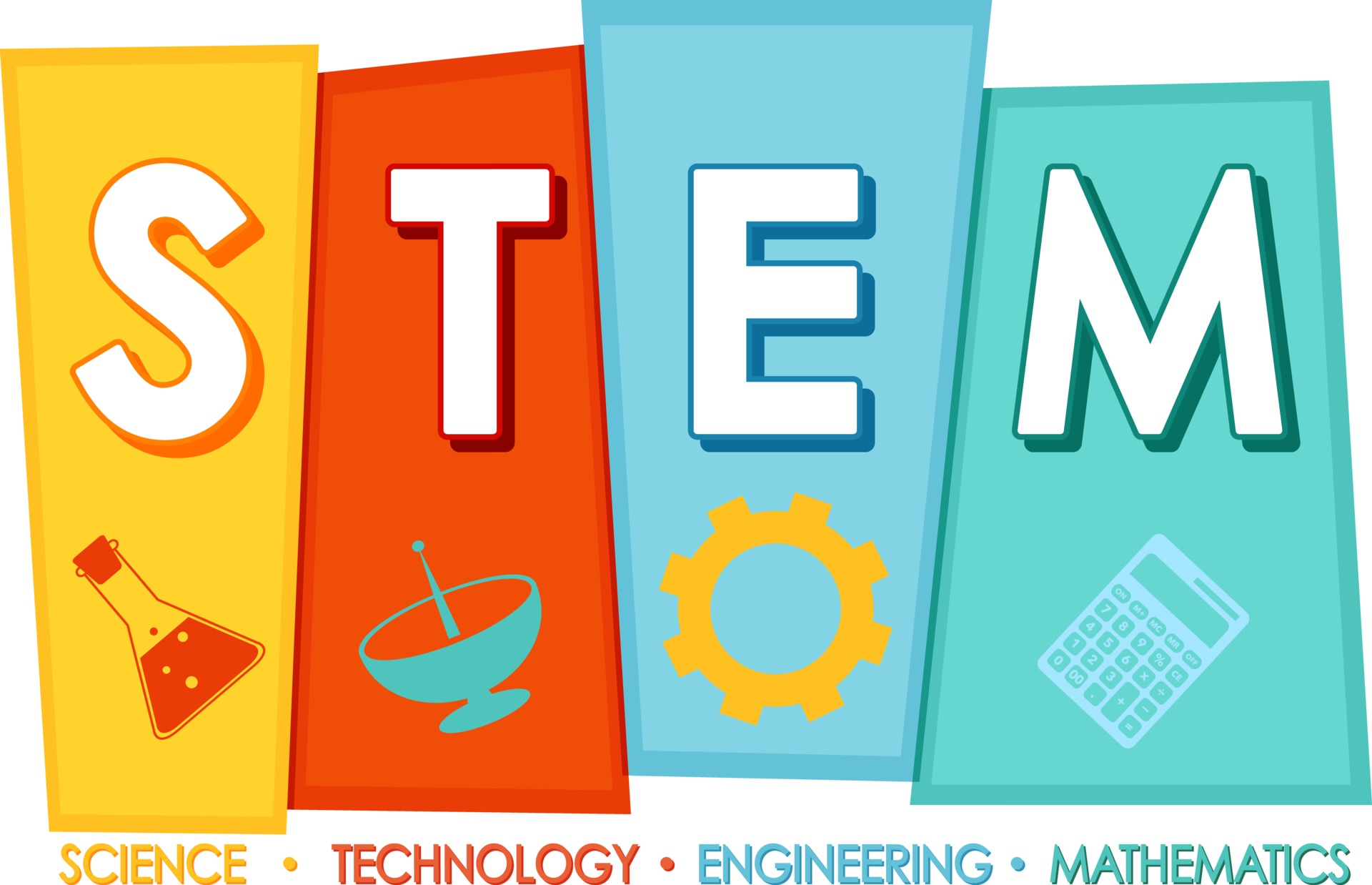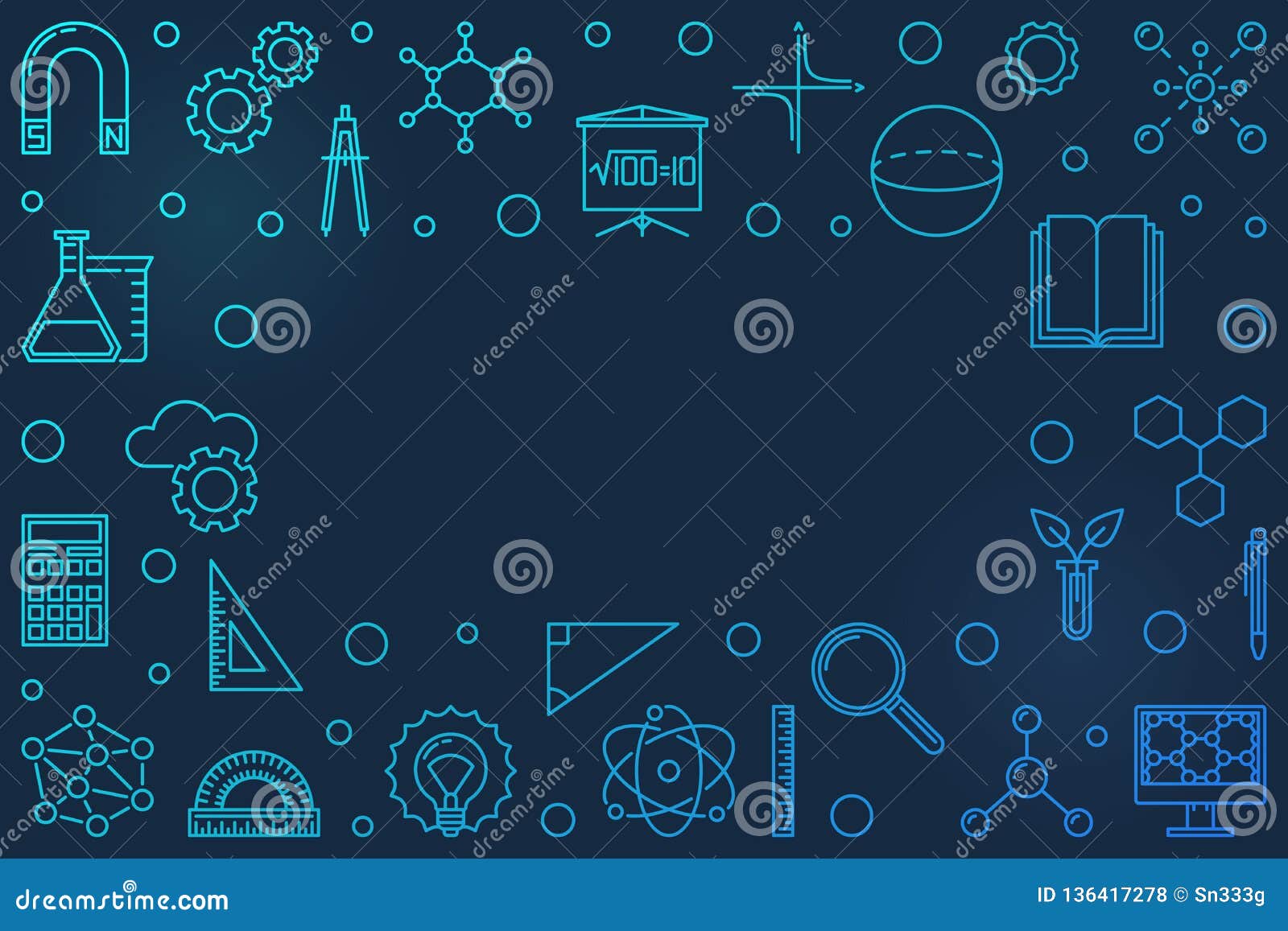

Our economy requires so much more than an understanding of these areas – it requires application, creation and ingenuity. Students in STEM programs may have more experiential learning opportunities, but they are limited to only science, technology, engineering and math. While these initiatives are a wonderful start into the exploration of these four areas of study, the critical process of creativity and innovation is missing.

STEM curriculum, where projects using STEM practices are embedded.providing mobile devices for students (sometimes in the forms of computer labs, and other times in the form of 1:1 – a single device for each student).Thus, there has been an increased investment in STEM initiatives in schools. The logic is simple: the wave of future economic prosperity lies in a workforce that is well-versed in rising job markets like science, technology, engineering and math. Much has been proclaimed about the need for more STEM “programs” in our schools.


STEM alone misses several key components that many employers, educators, and parents have voiced as critical for our children to thrive in the present and rapidly approaching future. The STEM to STEAM movement has been taking root over the past several years and is surging forward as a positive mode of action to truly meet the needs of a 21st century economy. “Results showed that students whose language arts curricula were infused with theater arts often outperformed their control group counterparts, who received no arts integration, in both math and language arts” (Inoa, R., Weltsek, G., & Tabone, C.).Īnd in an international study published in the Journal of Educational Change, researchers found that secondary teachers’ reflections “revealed inter-, trans- and cross-disciplinary learning shaped by teacher collaboration, dialogue and classroom organization that fosters critical and creative thinking.” ( Anne Harris and Leon R. This is further supported by a study on the relationship between theater arts and student literacy and mathematics achievement from 2014. J.).Īnother study from 2014 shows the connecting STEAM and literacy can positively impact cognitive development, increase literacy and math skills, and help students reflect meaningfully on their work and that of their peers (Cunnington, Marisol, Andrea Kantrowitz, Susanne Harnett, and Aline Hill-Ries.). Findings indicated that students who received just nine hours of STEAM instruction made improvements in their science achievement (Brouillette, L., & Graham, N. In a 2016 study, researchers investigated the impact of STEAM lessons on physical science learning in grades 3 to 5 in high poverty elementary schools in an urban district. Recent research shows that STEAM is a promising approach to positively impacting student achievement and teacher efficacy. So we can finally remove the brick walls and classroom doors to get at the heart of learning. It takes what we do when we open the doors to the real world and places those same practices in our cycles of teaching and learning. Integrating concepts, topics, standards and assessments is a powerful way to disrupt the typical course of events for our students and to help change the merry-go-round of “school.” Why do we believe that we have the ability or the right to box it in behind brick walls and classroom doors in a place called school? Our world is a beautiful, complex, and intricate tapestry of learning all in its own right. None of us go outside and look at a tree and say, “that’s a tree, so that’s science” or, “the sky is blue, so that’s art.” We are at a point where it is not only possible, but imperative that we facilitate learning environments that are fluid, dynamic, and relevant. But what does that look like? We are preparing students for jobs that don’t even exist. For far too long in education, we’ve been working with the presumption of teaching to ensure our students get a “good job”.


 0 kommentar(er)
0 kommentar(er)
